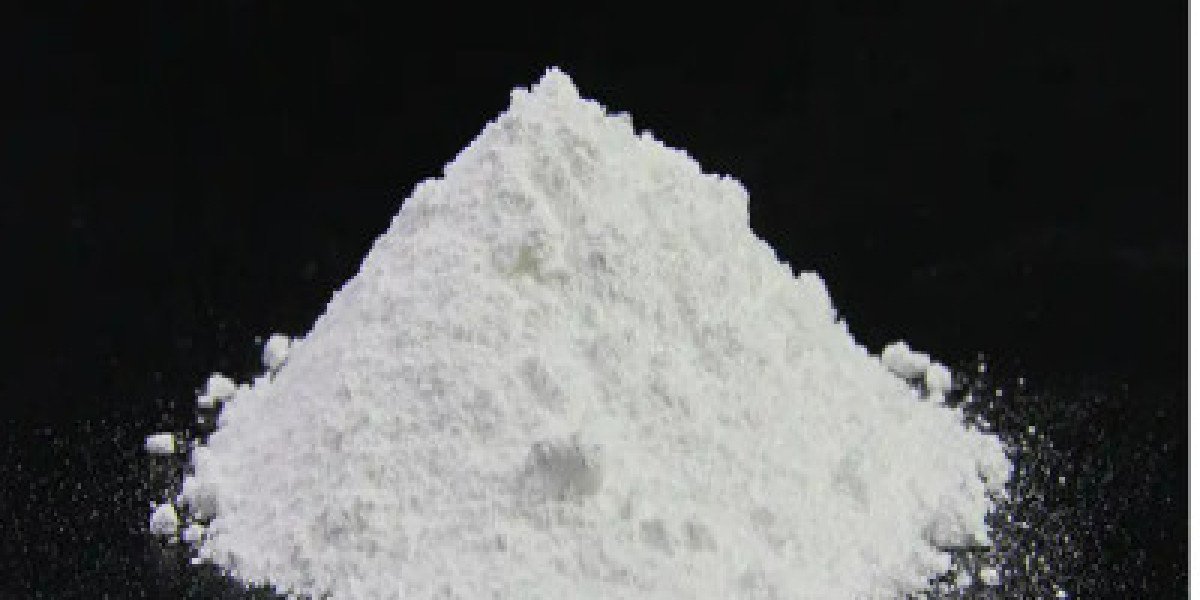Chemical factories are complex industrial environments that handle hazardous substances, making safety a top priority. Here are the common safety measures implemented in chemical factories to ensure worker well-being and regulatory compliance:
1. Risk Assessment and Management
Comprehensive Risk Assessment: Identifying potential hazards related to chemical processes, equipment, and materials is the first step. Regular updates and assessments are essential to manage new risks.
Process Safety Management (PSM): This involves a systematic approach to managing hazards associated with highly hazardous chemicals. It includes developing procedures for process safety information, hazard analysis, operating procedures, and emergency planning.
2. Safety Protocols and Training
Comprehensive Training Programs: All employees must undergo thorough training on safe handling of chemicals, emergency response procedures, and the use of personal protective equipment (PPE). Regular refresher courses and competency assessments help maintain a culture of safety.
Emergency Response Plans: Detailed procedures for responding to fires, explosions, chemical spills, and other emergencies are essential. Regular drills ensure that employees are familiar with these procedures.
3. Personal Protective Equipment (PPE)
Workers must wear appropriate PPE, including gloves, goggles, face shields, and respiratory protection, depending on the specific hazards they face. The selection of PPE is based on thorough risk assessments.
4. Equipment Maintenance and Inspection
Regular Maintenance: A preventive maintenance schedule for critical equipment helps identify wear and tear, corrosion, or other issues that could compromise safety.
Inspection and Record-Keeping: Detailed records of maintenance and inspection activities help track equipment conditions and plan timely interventions.
5. Chemical Handling and Storage
Labeling and Storage: All chemicals must be accurately labeled and stored according to compatibility guidelines to prevent dangerous reactions.
Chemical Compatibility: Understanding chemical interactions is crucial to prevent accidental reactions. Incompatible chemicals must be properly segregated during storage and use.
6. Environmental and Regulatory Compliance
Regulatory Standards: Adhering to regulations such as OSHA (Occupational Safety and Health Administration) and EPA (Environmental Protection Agency) standards ensures worker safety and environmental protection.
Hazard Communication Standards (HazCom): Proper labeling, storage, and communication of chemical hazards are mandated by regulations like the Globally Harmonized System (GHS) to ensure all workers have access to Safety Data Sheets (SDS) for each chemical.
7. Incident Reporting and Analysis
Encouraging a culture of transparent incident reporting helps identify root causes and prevent future occurrences. Regular analysis of incidents can lead to significant improvements in safety measures.
8. Safety Controls and Technology
Engineering Controls: Ventilation systems, automatic shut-off valves, and pressure relief devices are essential for managing hazards.
Digital Tools: IoT sensors, AR-based training, and digital workflows help automate inspections, centralize data, and enable real-time monitoring, enhancing both safety and operational efficiency.
9. Emergency Preparedness
Emergency Response Plans: Detailed procedures for responding to fires, explosions, chemical spills, and other emergencies are essential. Regular drills ensure that all personnel are familiar with these procedures.
Coordination with Local Services: Effective coordination with local emergency services is crucial for a comprehensive response strategy.
Conclusion
Implementing these safety measures is critical for protecting workers, the environment, and the community. By adhering to best practices and regulatory standards, chemical factories can significantly reduce risks and ensure a safer workplace.
Search
Popular Posts
-
 You Are Responsible For The Mini Cotbed Budget? 12 Best Ways To Spend Your Money
You Are Responsible For The Mini Cotbed Budget? 12 Best Ways To Spend Your Money
-
 Developing Resilience for Online Academic Success
By Gracelee04
Developing Resilience for Online Academic Success
By Gracelee04 -
 Take My Class Online: Optimize Your Study Time
By Gracelee04
Take My Class Online: Optimize Your Study Time
By Gracelee04 -
 Filter Press Filters Manufacturer | Hydro Press Industries' Top Machines
By Hydro Press
Filter Press Filters Manufacturer | Hydro Press Industries' Top Machines
By Hydro Press -
 7 Simple Strategies To Totally You Into Landlord Gas Safety Certificate
7 Simple Strategies To Totally You Into Landlord Gas Safety Certificate



